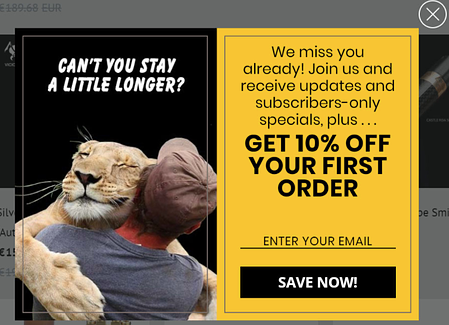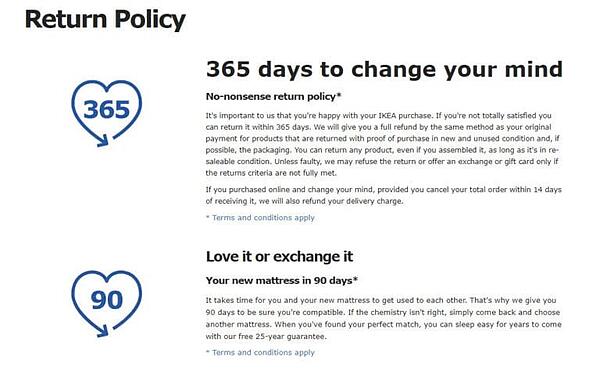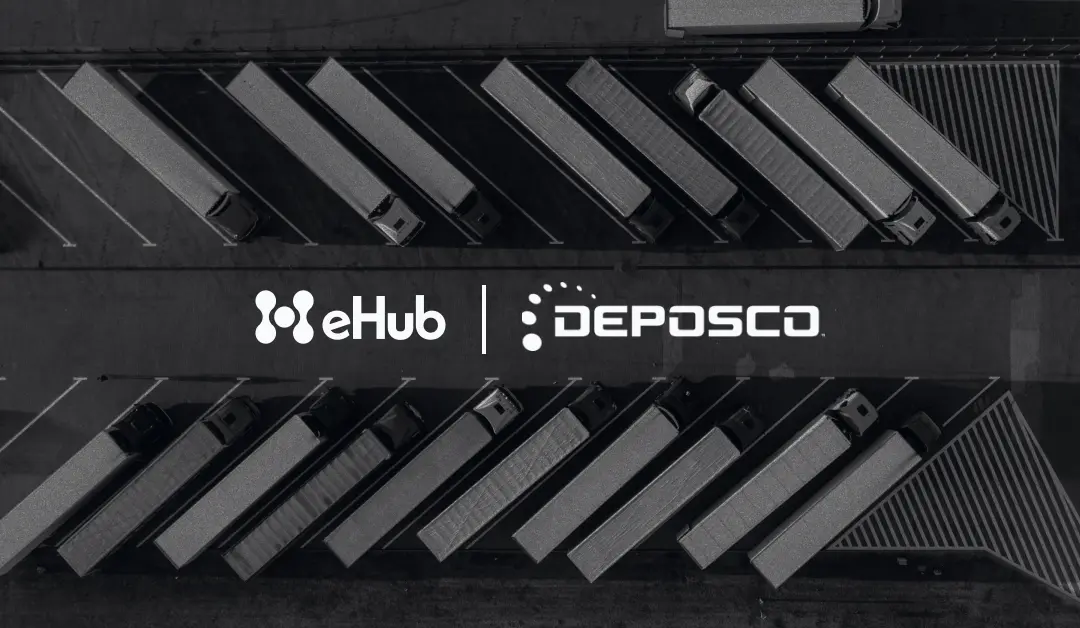If your store struggles with cart abandonment, you are not alone.
US consumers only buy 58% of items they add to their shopping cart. That’s a frustrating statistic to hear when you’re already doing your best to optimize your website.
While it’s impossible to eliminate cart abandonment, there are various ways you can minimize it. In this article, we will review the top 4 reasons customers abandon their carts and determine the tactics you can use to eliminate those problems.
Top 4 Reasons Why Customers Abandon Their Cart
There are many reasons why customers don’t follow through with their purchases. Here are the most common ones:
- High shipping costs
- A complicated checkout process
- Lack of payment options
- Glitchy or slow website
Let’s get a little more in-depth with each of these.
High Shipping Costs
The #1 reason why customers abandon their cart is because of unexpected shipping costs.
When customers see that what they’re paying is more than expected, it gives them a reason to leave the checkout page. As a result, they might check out what rates your competition is offering and buy from them instead (also known as checking on Amazon for Prime delivery).
If you’re not offering free shipping, you should seriously consider doing it. There are tactics you can use to make it work for you financially; free shipping isn’t just about straight profit/cost.
A Complicated Checkout Process
Another big reason for cart abandonment is a checkout process that’s too difficult to follow. Online customers are impatient — they don’t want to jump through hoops to make their purchases—too many windows, boxes, and form fields to fill out.
The checkout process should be as fast and straightforward as possible, which we’ll get into later in this blog post.
Lack of Payment Options
Customers have different preferences when it comes to making their payments online. Some prefer to use their credit card, while others want to pay with PayPal.
Ideally, you want to provide customers with as many payment methods as possible. A lack of choice can lead certain customers to leave their cart since they can’t find a payment option that fits their needs.
Glitchy or Slow Website
Lastly, your website’s speed has a vital role in your online conversions.
According to Google, 53% of visitors will ditch your site if it takes more than 3 seconds to load. If your website is too slow or glitchy, customers will bounce and won’t bother buying anything.
The quicker your website performs, the higher your conversion rate will be.
The Best Tactics You Can Use to Prevent Cart Abandonment
Now that you know why customers leave their carts, you may wonder how to prevent it. Here are our best recommendations to make sure customers go past checkout:
Use Exit-Intent Popups
You need creative ways to engage web visitors. One of the best ways to do this is by implementing exit-intent popups on your site.
Exit popups track the visitor’s mouse movements to capture their attention as they’re about to leave your website. It’s super helpful on checkout pages, where you can offer customers a discount for the product they plan to buy.
Offering a discount or promotion to customers gives them an extra incentive to stay on your page. As a result, they may change their mind and follow through with their purchase.
Here’s a great example from Roadside Vapes. Not only is it fun with its imagery and copy (“Can’t You Stay a Little Longer?”), customers can get 10% off their first order by entering their email address.

Implement a Buy Now, Pay Later Payment Option
Your success in e-commerce depends on adapting to changes in consumer behavior.
86% of consumers are now looking for payment options that are more flexible and help them save money. It’s why Buy Now, Pay Later (BNPL) is becoming popular among consumers, particularly with millennials and overseas.
BNPL is pretty much the modern version of layaway. Instead of paying the total price upfront, customers can buy your products in installments. It’s a payment method that helps customers split their budgets better and encourages them to make larger orders.
Two options we love for BNPL are Sezzle and Klarna. Both are interest-free and provide you with the money upfront to make sure you get paid. They take care of collecting from the customer, so you see an immediate boost to sales from people who weren’t sure they could afford the purchase up front.
Have a Clear and Generous Returns Policy
Around 66% of customers read a store’s returns policy before purchasing. If your returns policy is complex to read or is unfair, customers may decide to go with your competition instead.
You need to make sure that you write your returns policy with simple language and no complicated jargon. Another good tip is to extend the return deadline — up to 365 days if you can.
Customers want to know that if the item doesn’t fit them, they can always return it with no problem. Ikea is a great example, with a 365-day return policy on an item bought from their store.

Keep in mind that one of the biggest reasons why customers love shopping online is convenience, but one of the biggest problems is that you aren’t there to see how the items look, fit, or feel. You must overcome any worry or fear about returns to grab the purchase and create a loyal customer.
Providing simple and free returns overcomes this problem and assures customers they can expect a smooth and fun shopping experience with your brand!
State Your Shipping Rates
As mentioned earlier, shipping rates are one of the top reasons customers abandon their carts. No one likes to find out they’re paying more than they initially thought.
If you offer free shipping, state it clearly on every page. That’s a great reminder for customers that they won’t have to pay for shipping.
If you don’t offer free shipping, offer an incentive to earn it. Minimum order thresholds for free shipping should be clearly stated on every page. That does two things:
- Incentivize customers to add more to their cart to get free shipping
- Subtly tell your customers that they will have to pay for shipping at checkout
Clear communication in e-commerce is critical.
Offer Guest-Checkout
Any friction during the buying process will cause customers to abandon their shopping cart.
A common issue among e-commerce stores is that customers must create an account before buying their items. That can feel like extra work for customers who want to purchase quickly.
Instead, your brand should allow customers to checkout as guests. Ask them to give you their email address, and they’re ready.
Offering a membership program is a great way to engage with repeat and loyal customers. Instead of focusing on setting up accounts for everyone trying to buy from you, focus on retaining the best, repeat customers.
Abandoned Cart Emails
A classic way to recover lost sales is to send abandoned cart emails. Ecommerce 101.
Don’t make boring emails. On-brand humor is engaging and much more likely to get the win. You should be using sequences for abandoned cart emails. Here’s an example:
- One hour after leaving the cart: simple reminder email. Favorite subject line: “Did life get in the way?”
- Twenty-four hours after leaving the cart: something more engaging and funny.
- Forty-eight hours after leaving the cart: offer a discount or another incentive.
Simple A/B testing can help you find the right messaging or incentives that resonate with your customers.
Don’t give away the discount immediately; this is a common strategy for people looking for better deals, and sometimes people are just thinking about it. Remember that with abandoned cart emails, you need to keep things creative. Online shoppers see a lot of these and will ignore them, so keep it light, fun, and on brand.
Here’s an excellent example from Dote. Notice the creative copywriting — your shopping cart has abandonment issues. It’s a fun and creative way for customers to finish their purchases.

Install a Facebook Messenger Chatbot
65% of customers prefer using a messaging app to contact brands. On top of that, Facebook Messenger typically has a 90% open rate compared to 15-20% for email.
An alternative to abandoned cart emails is to use a Facebook Messenger chatbot. When customers abandon their cart, you can send them a personalized message on Facebook to invite them back to your store.
Facebook chatbots are also helpful when it comes to answering questions customers may have about your product. They improve the buyer’s journey and cut your customer service work in half.
Our favorite chatbot tools are Manychat and Octane. Chatbots have to be opted into to work, however, so while they have better open rates than email, they are harder to get started.
Use Autofill For Checkout Forms
Anything that makes the checkout process simpler will get customers to buy their cart.
Autofill takes your customer’s details and includes them on your form, so they don’t manually do it themselves. With their information already in place, customers will be more likely to continue their purchase.
Optimize Your Website’s Speed and Responsiveness
The best products worldwide will never make up for a slow and glitchy website. There’s nothing worse for a customer than to run into some technical problems as they’re about to checkout.
You also must make sure that your website is mobile-friendly. By next year, brands can expect 54% of e-commerce traffic to come from mobile. If you’re using Shopify, you can expect a fast and responsive website by default. If you’re on WordPress, then you’ll need to ensure that your developer is on top of page load speeds.
An excellent way to optimize your website is to invest in PWA technology, which offers faster speed, fewer glitches, and better UI for your website. It also makes your website easy to browse during periods of high traffic or poor internet connection.
Wrapping Things Up
Cart abandonment can be a significant headache for businesses. Understanding how your customers purchase and what is important to them makes it possible to increase conversions and drive more sales. Like anything, you must implement and test to see what works. After implementing the best practices mentioned in this article, start by testing one thing at a time to see how abandoned cart rates improve.





